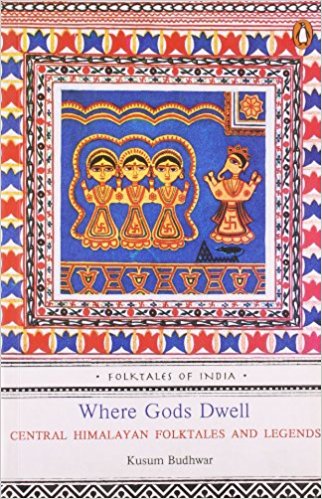Scholars now widely recognize that folk literature is a rich source of information on popular culture of a society. Systematic collection and publication of folktales and folklores in India began in the 19th century. Colonial administrators started this with a specific agenda in their mind. Later Indian scholars also developed interest in putting together tales. Interest in folk literature has grown again in recent decades which has spurred this collection and publication of folk literature. Recent collections are however mostly in regional languages though increasingly English translations are now also available. The book under review can be seen in this context. Uttarakhand is well known for its extensive folk literature. A good amount of this literature is now published mostly in Hindi. English translations of some of this literature are also available from the 19th century. British officials like G.W. Traill and
E. T. Atkinson used some of the folktales in their writings. Ganga Datt Upreti was the first person belonging to Uttarakhand who collected some of the local folk literature and published it. He brought out a book entitled Proverbs and Folklores of Kumaon and Garhwal in 1894.
He also gave some of his collections to Reverend E.A. Oakley who lived in Almora and had interest in collection of folk literature of this region. Later Tara Dutt Gairola also collected the folk literature of Uttarakhand. He brought out a book (Himalayan Folklore in 1935) in which he also made use of collections of Upreti and Oakley as Oakley had handed over his collections to him. Both of these books have been republished recently. But still there is scope for good quality English translation of the enormous folk literature of Uttarakhand and Budhwars Where Gods Dwell is a welcome effort in this direction.

